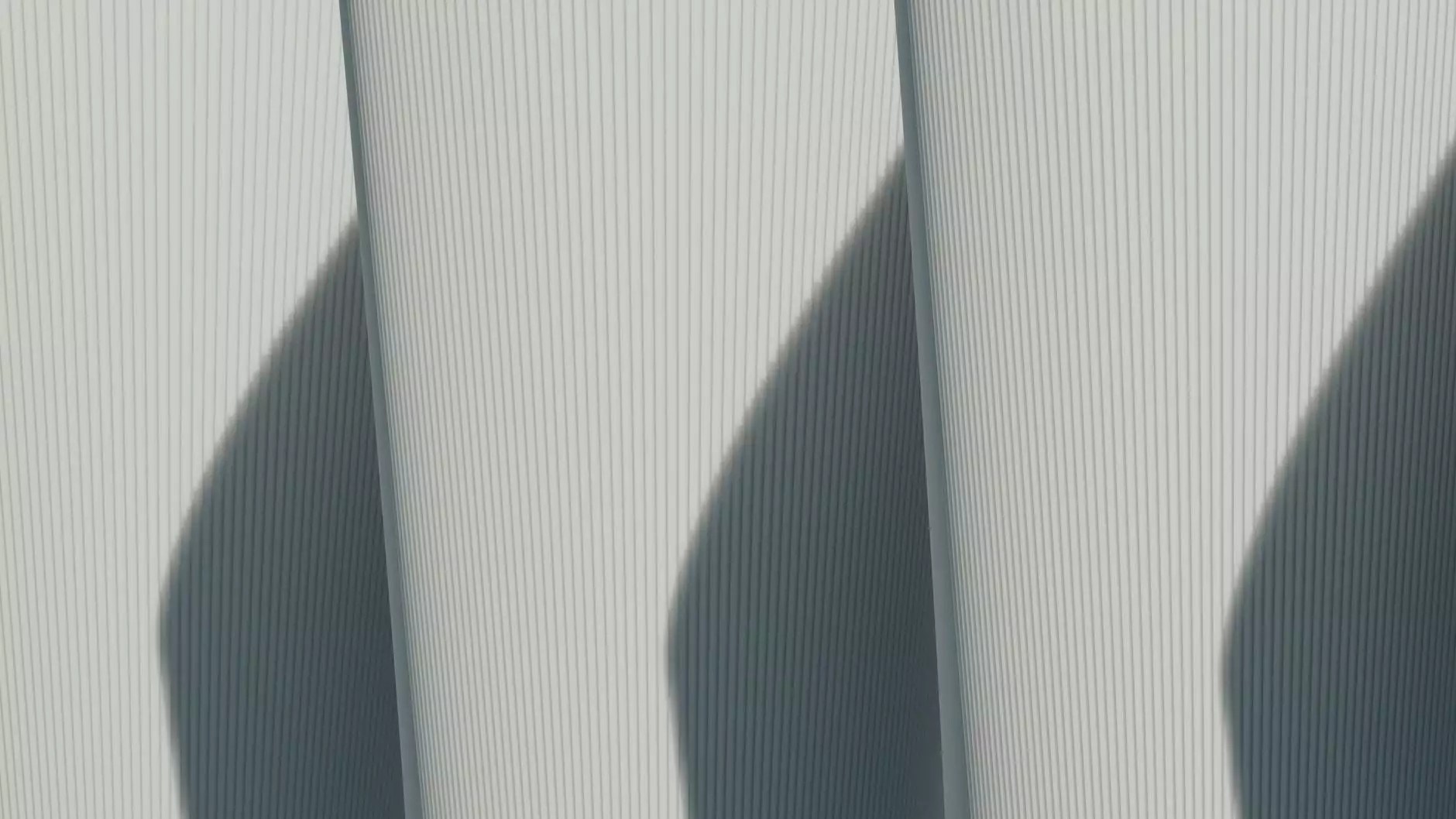Understanding Wet Blue Cow Hides: Quality and Applications

The world of leather production is intricate and fascinating, and at the core of this industry lies a crucial component: wet blue cow hides. This article delves into the significance of wet blue cow hides, their processing, quality indicators, and the various applications in industries around the globe, ensuring that you have a comprehensive understanding of this pivotal material.
What Are Wet Blue Cow Hides?
Wet blue cow hides are the initial stage of processed animal skin, where hides have undergone a soaking process involving chrome tanning. This method preserves the natural properties of the hide while providing a range of advantages for manufacturers and end-users alike. The term "wet blue" refers to the characteristic blue color imparted by the chroming agents used during the tanning process.
The Importance of Wet Blue Cow Hides
Wet blue cow hides play a vital role in various sectors such as fashion, upholstery, automotive, and industrial applications. These hides are highly sought after for their durability, flexibility, and strength, making them ideal for an extensive array of leather products.
1. Versatility in Leather Goods Production
One of the standout features of wet blue cow hides is their versatility. They can be molded and treated to create a variety of leather goods, including:
- Footwear: From high-end designer shoes to everyday sneakers, wet blue cow hides provide the quality necessary for long-lasting footwear.
- Handbags and Accessories: Fashion brands recognize the value of these hides in crafting luxurious leather bags, wallets, and belts.
- Upholstery: The automotive and furniture industries heavily rely on strong, durable leather sourced from wet blue cow hides for their upholstery needs.
- Sporting Goods: Many sporting goods, such as gloves and protective gear, utilize high-quality leather that begins its journey as wet blue cow hides.
2. Quality Indicators of Wet Blue Cow Hides
When sourcing wet blue cow hides, understanding quality indicators is crucial. Here are some key factors to evaluate:
- Thickness: A consistent thickness throughout the hide indicates superior quality.
- Uniformity: Look for hides that are free from holes, scars, and inconsistencies.
- Color and Texture: The color should be evenly distributed, and the texture should reflect a smooth finish indicative of high-quality tanning.
- Moisture Content: Proper moisture content is essential; hides should not be overly wet or dry, which can affect the tanning process.
The Process of Tanning Wet Blue Cow Hides
The transition of cow hides from raw to wet blue involves several critical steps, which highlight how complex the tanning process can be:
1. Raw Hiding
The journey begins with cattle slaughter, where hides are removed and preserved using salt to prevent decomposition.
2. Soaking
Next, the salted hides undergo a soaking process to remove impurities. This is typically done in large drums, allowing the hides to absorb water and expand.
3. Liming
During liming, the hides are treated with lime and sodium sulfide, which helps to remove hair and any remaining flesh. This stage is critical for ensuring leather's smooth finish.
4. Pickling
Pickling introduces acids to the hide to prepare it for tanning. This step helps the chrome salts penetrate the hides more effectively.
5. Tanning
Chrome tanning follows, during which the hides are treated with chromium salts, permanently changing their structure and imparting the characteristic blue color.
6. Drying and Conditioning
Once tanned, the hides are dried and conditioned, resulting in a flexible and durable product ready for further processing, whether for finishing or direct use.
Global Demand and Supply of Wet Blue Cow Hides
The global market for wet blue cow hides is robust, driven by consumer demand for quality leather products. Countries with a significant livestock presence, such as Brazil, Argentina, and the United States, are key players in the supply chain.
Market Trends
As the demand for eco-friendly and sustainable practices rises, many companies now focus on sourcing leather through ethically sound methods. The adoption of traceability in sourcing wet blue cow hides is becoming increasingly crucial, with consumers valuing transparency in the production process.
Challenges in the Industry
Despite the high demand, several challenges persist in the wet blue cow hide market:
- Environmental Concerns: Traditional tanning methods can pose environmental risks, pushing companies toward sustainable practices.
- Supply Chain Issues: Fluctuating livestock populations and climatic conditions can disrupt the availability of raw hides, impacting the supply chain.
- Quality Control: Maintaining consistent quality from raw hides to wet blue is a challenge requiring precise control over multiple factors during processing.
Applications of Wet Blue Cow Hides
Wet blue cow hides are not limited to leather goods; they have diverse applications, making them vital in various industries.
1. Furniture and Upholstery
High-end furniture manufacturers often utilize wet blue cow hides for their durability and luxurious appearance. Upholstered chairs, sofas, and other furnishings benefit from the strong characteristics of these hides.
2. Automotive
The automotive industry extensively uses wet blue hides for car interiors. These hides are not only aesthetically pleasing but also durable, able to withstand various wear and tear aspects of daily use.
3. Fashion Industry
Fashion houses have increasingly sought wet blue cow hides for creating bespoke leather products. The ability to dye and finish these hides according to brand specifications makes them particularly appealing.
4. Sporting Equipment
Various sports gear, including gloves and protective equipment, utilize wet blue hides to provide both durability and comfort to athletes.
Why Choose AB Hides GmbH for Your Wet Blue Cow Hides?
At AB Hides GmbH, we pride ourselves on providing top-quality wet blue cow hides. Our focus is on superior quality, ethical sourcing, and customer satisfaction. Here are a few reasons to partner with us:
- Quality Assurance: We ensure that all our hides meet the highest industry standards, providing thorough inspections at every stage of processing.
- Ethical Sourcing: Our commitment to sustainable practices means you can trust that our hides come from ethical sources.
- Global Shipping: We offer worldwide shipping solutions, ensuring our customers receive their products promptly.
- Expertise: With years in the business, our experts are here to help you source the perfect hides for your needs.
Conclusion
Understanding wet blue cow hides is essential for anyone involved in leather production or consumption. From their processing and quality indicators to their extensive applications, these hides play an indispensable role in numerous industries. Partnering with reputable suppliers like AB Hides GmbH ensures that you secure the best materials for your products while emphasizing sustainable practices.
Explore more about our offerings and join us in revolutionizing the leather industry with quality, sustainability, and innovation at the forefront.








